I'm reverse-engineering a CRT anti-pincushion circuit and it uses a complex diode-resistor circuit to approximate the function X-k×X×Y², where X and Y are the deflection voltages. My question is if there's any way to understand this circuit conceptually. I put it into LTSpice and I get results but is there any way to understand this at a higher level? How did they come up with this circuit in the first place?
I'm familiar with simple resistor-diode function generators that make a piecewise-linear function by treating the diodes as switches that turn on at various points (like this). But this circuit has four resistor-diode "blocks" that are cross-coupled by R14-R17 which mystifies me. Each block has diodes in opposite directions, which sort of makes sense so everything happens in reverse when X and Y are negative.
The blocks on the right (D9-D14 and D15-D20) implement roughly cubic functions, so I tried to understand this as (X-Y)^3 - (X+Y)^3 = 6XY² + smaller terms, which (scaled) is the desired correction factor, but I couldn't make this explanation work.
Maybe there's a theory of diode function generators that explains this circuit?
